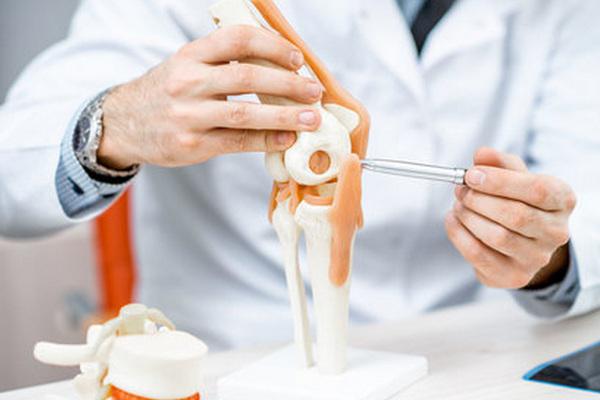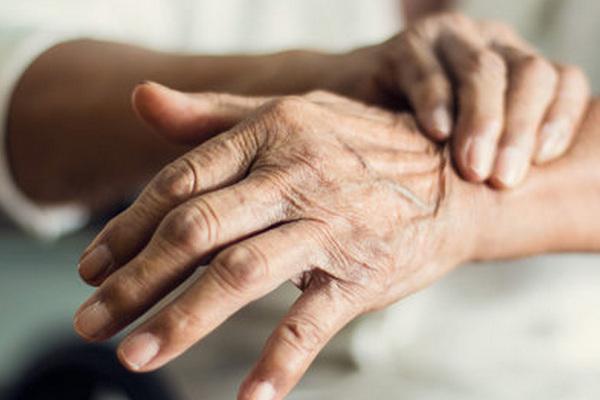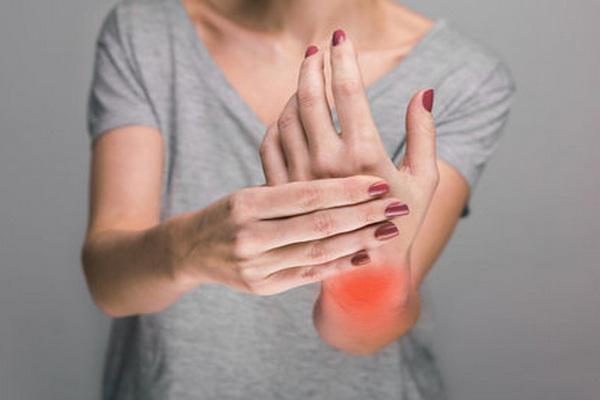Зміст
Cracking and grinding of joints when standing up or moving is common even among young people. If it is not accompanied by other symptoms such as pain or swelling, it is most likely due to genetic changes in the anatomy. However, it happens that this leads to dangerous defects that damage the articular cartilage and can lead to irreversible degeneration.
Crackling joints are also a common result of injury, overuse (for example, during sports) or obesity. Unfortunately, this could also be a harbinger of serious illnesses such as rheumatoid arthritis. Lack of proper treatment leads to progressive disability. Find out what are the most common causes of cracked joints.
Disadvantages causing joint problems

Joint problems can arise from a lack of vitamins and minerals. Key ingredients are calcium, vitamins C and D, B vitamins, and omega-3 unsaturated fatty acids. They are the building blocks of cartilage and synovial fluid (the natural lubricant that protects bones from abrasion) and stimulate collagen production.
Their lack leads to a weakening of the joint structures with the subsequent appearance of cracks, pain and swelling. It may surprise many to learn that lack of water also causes joint inflammation. In such a situation, the body transports it to the organs for which it is necessary (for example, the brain or heart) and restricts it to the joints or skin.
Cracking in the joints: Cavitation
Pond crackling is also a common consequence of cavitation, a harmless phenomenon that changes the pressure difference across a pond. Then gas bubbles form in the liquid. The movement of individual parts of the joint in relation to each other leads to the fact that the pressure returns to the previous level, and the symptom is simply a crackle or sound of “jumping” in the joint.
Cracking in the joints: Joint cracking and genetic diseases
In some people, cracks in the knees or wrists are the result of the specific structure of the joint. The joints of the bones are a little loose, therefore, when moving, you can often hear characteristic noises, reminiscent of the jumping of the joint. This is usually a genetically determined trait, so if this type of phenomenon also occurs in other family members and is not accompanied by pain, swelling, or other symptoms, you probably have nothing to worry about. However, if the crackling gets worse, you should see a doctor.
Cracking in the joints: Chondromalacia of the articular cartilage
Chondromalacia is a softening and fibrosis of the articular cartilage, which is the main “shock absorber” of the joint. Soothes injuries and reduces stress while protecting the joint from damage. Unfortunately, overweight, obesity, and trauma and sprains can weaken it. Gaps then form between the connective tissue and cartilage, causing pressure and pain in the joints. With the development of the disease, cartilage is increasingly destroyed, which manifests itself, among other things, cracks in the reservoir. The most common disease is the knee joint.
Cracking in the joints: Rheumatoid arthritis

If a crackling joint is accompanied by pain, see your doctor as soon as possible. The cause may be rheumatoid arthritis (RA), which is a relatively common autoimmune disease. Most often it manifests itself in the joints of the fingers, elbows and wrists, less often in the knees or hips. The disease gradually destroys ligaments, tendons, cartilage and bones, which leads to degeneration of the entire joint and even to disability.








